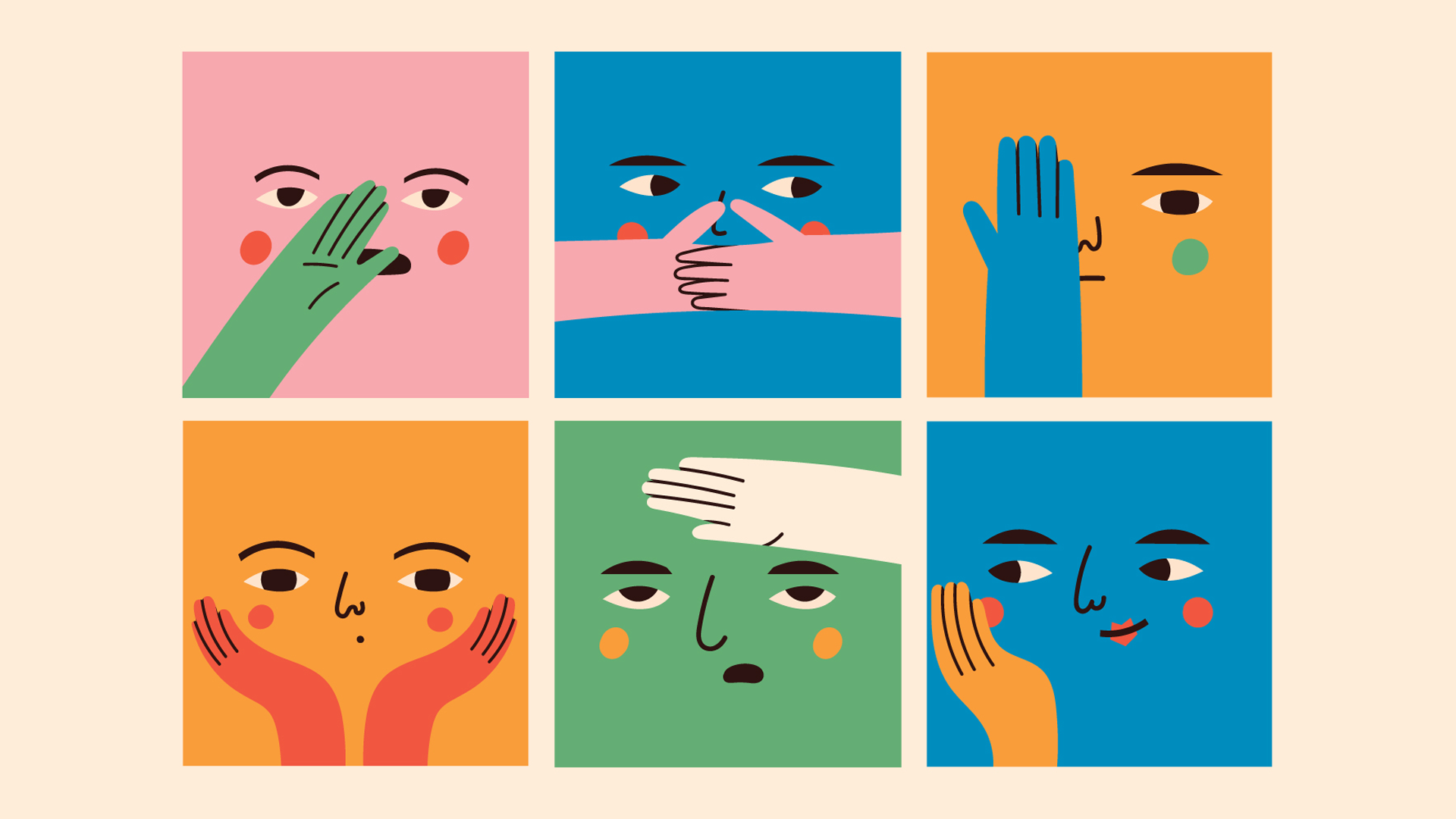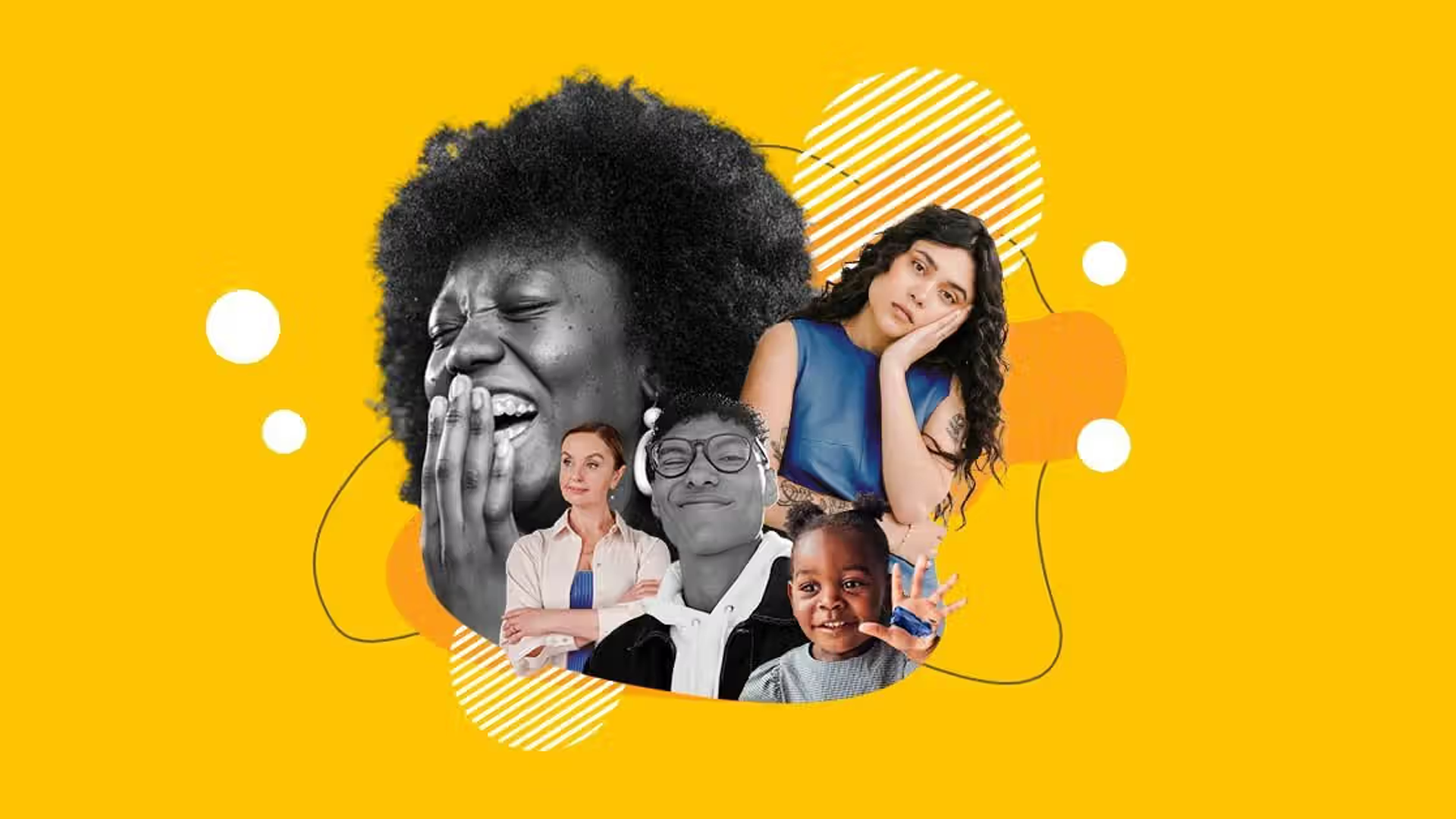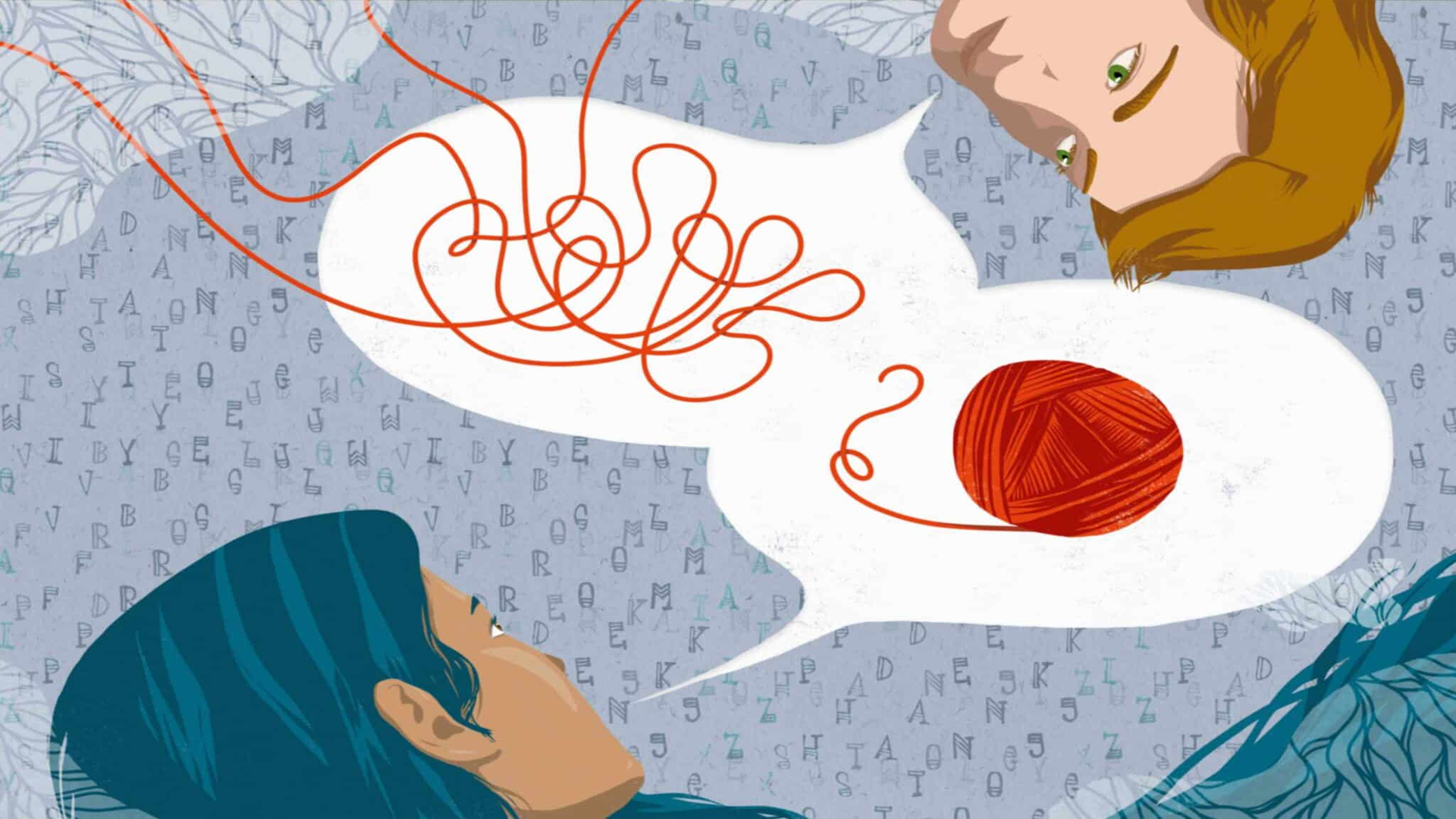Body Language & Tone: Saying More Without Words

From eye rolls to slouched shoulders, your body and tone speak volumes—sometimes louder than words.
The Dive
Communication isn't just about what you say—it's about how you say it, and sometimes, it's about not saying anything at all. Nonverbal communication includes gestures, facial expressions, body posture, and even the way you use your voice. These silent signals send powerful messages, often without you realizing it.
Imagine your friend says, 'I'm fine,' but their voice sounds flat and they won’t make eye contact. Do you believe them? Probably not. That’s the power of paralinguistics—the tone, pitch, and loudness of your voice. It can turn a simple sentence into something totally different, depending on how it's delivered.
Facial expressions are a universal language. A smile says 'I'm happy' in nearly every culture. Frowns, furrowed brows, and raised eyebrows each send clues about how someone is feeling, even if they don’t say a word. Our faces often speak before our mouths do.
Your body also communicates constantly. Standing tall shows confidence. Crossed arms can signal you're closed off or upset. Slouching might say you're tired or uninterested. Even your distance from someone—called proxemics—can reveal how close or distant you feel emotionally.
Eye contact plays a big role in trust. Looking someone in the eyes shows honesty and interest. Avoiding eye contact might seem suspicious or shy, depending on the situation. But remember: not everyone communicates the same way, and culture and personality both play a role.
Touch is another form of communication. A high five, a pat on the back, or even a handshake can express encouragement, friendship, or comfort. In some cases, it can also signal power or status. Knowing when and how to use touch respectfully is an important social skill.
Even your appearance communicates something. The clothes you wear, the colors you choose, and the way you style your hair all send messages about your mood, your identity, or how you want others to see you. These are called artifacts—objects that carry meaning without saying a word.
Understanding body language and tone helps us better connect with others and avoid misunderstandings. It also helps us become more aware of the signals we’re sending. Great communicators listen with their ears, but also with their eyes and hearts. Being fluent in nonverbal cues makes you a stronger teammate, friend, and leader.
Why It Matters
Knowing how to read body language and tone helps us become better listeners, more empathetic friends, and more effective communicators. It empowers students to recognize unspoken feelings, express themselves clearly, and build stronger relationships—skills that matter both inside and outside the classroom. When you understand the power of nonverbal cues, you unlock a whole new layer of human connection.
?
How does your posture affect how others see you?
Why might someone say one thing with words but something different with their tone?
Can body language be misunderstood? Why or why not?
How do cultural differences affect nonverbal communication?
What role does eye contact play in trust and honesty?
Why is it important to notice your own nonverbal signals?
When is it helpful to use touch in communication—and when might it be inappropriate?
How can you improve your nonverbal communication skills?
Dig Deeper
In this video, you’ll learn more about the power of body language and its effect on relationships and communication.
Explore how everyday gestures and posture send messages—often without us noticing.
Former FBI agent and body language expert Joe Navarro breaks down the various ways we communicate non-verbally. What does it mean when we fold our arms? Why do we interlace our fingers? Can a poker player actually hide their body language?
Related

Feelings & Conflict: Understanding Emotions in Disagreements
Conflict isn’t just about facts—it’s about feelings. Big emotions like worry, anger, and fear can shape how we respond in a disagreement. Understanding these feelings is the first step to handling conflict in a healthier way.

Active Listening: The Power of Paying Attention
Active listening isn’t just about hearing—it’s about understanding. When we listen with our whole body and mind, we build stronger relationships, reduce conflict, and show people they matter.

The Power of I Statements
Learning to say how you feel without blaming others is a superpower. 'I' statements help you speak up, stay calm, and build better relationships—one sentence at a time.
Further Reading
Stay curious!

